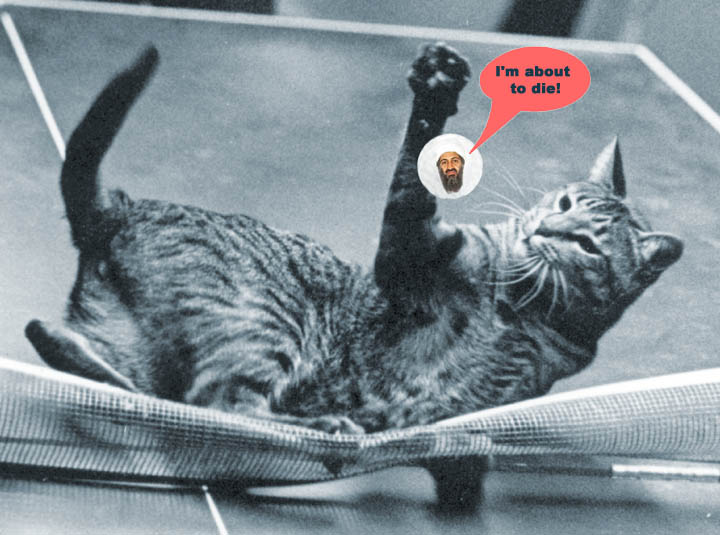A journey of nine feet begins at contact
When you serve, do you just serve? Or do you stop and visualize the serve first? And when you visualize the serve, do you visualize all of it, or just part of it? You should visualize the entire journey the serve takes - the contact height, amount and type of spin, how fast it will go out, where it hits on your side of the table (this is most overlooked part), where and how low it crosses the net, how it curves through the air, where it bounces on far side, how it bounces each time, and where second bounce on far side should be? (A longer version of this might be next Monday's Tip of the Week.)
Brian Pace and Richard McAfee . . . reminiscing
Championship player and coach Brian Pace sits down with longtime friend, coach, and mentor Richard McAfee (USATT Coaching Chair), and they talk about their relationship that has spanned over 25 years. (24:10)
Catty Table Tennis
Here's vintage footage of a cat playing table tennis (0.29) - really! - just for fun. There are actually dozens of videos of cats and table tennis in the video section of the Fun and Games section here at TableTennisCoaching.com - why not have some quality time and take a tour? Who knows what you'll find. Maybe W.C. Fields playing hilarious table tennis from the 1939 movie "You Can't Cheat an Honest Man" (2:33) or a picture of the horse Mr. Ed playing table tennis (for real, not photoshopped, from TV show "Mister Ed").
***
Send us your own coaching news!


 Photo by Donna Sakai
Photo by Donna Sakai





